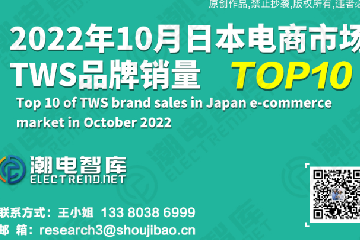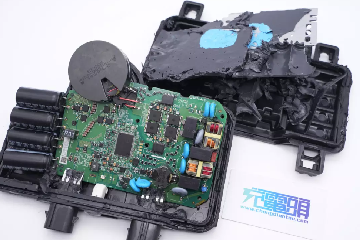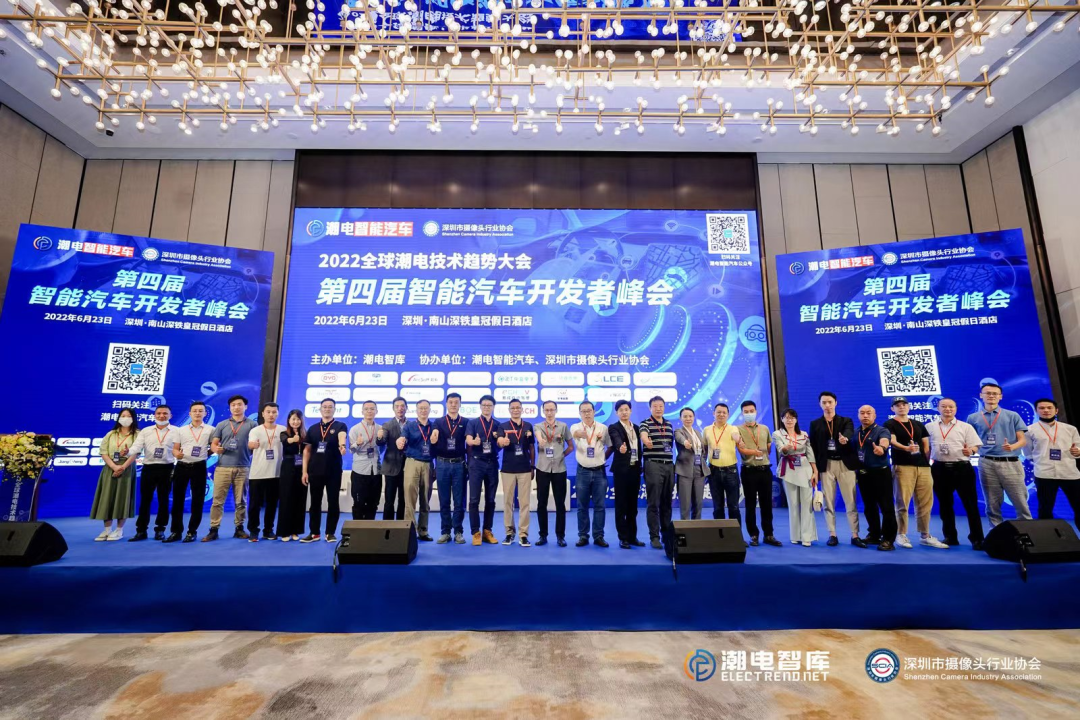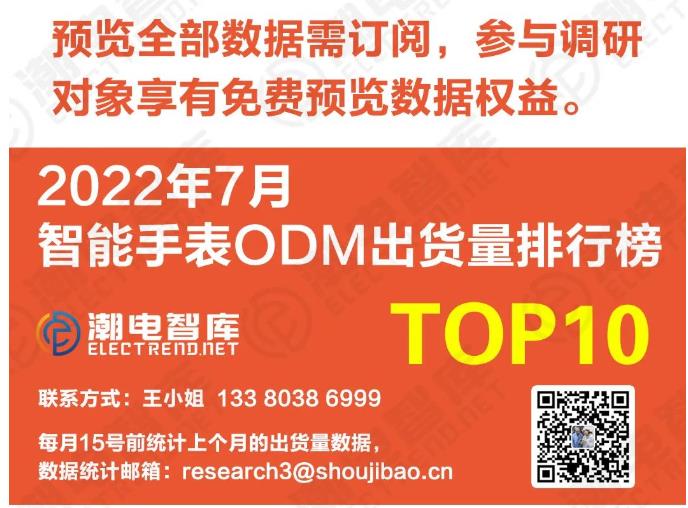With Oura's shipment surpassing one million units last year, the allure of the smart ring sector is gradually emerging.
According to media reports, Samsung's Galaxy Ring is set to be released in August this year. Apple has also been filing numerous patents related to smart rings, filling an entire basket. It is expected that, under the leadership of these two global consumer electronics giants, the market demand in Europe and North America will be the first to be ignited.
However, the current situation is somewhat awkward as there is a near-blank state of smart ring manufacturing in Europe and North America.

From the smart wearable industry chain, Chaodian has learned that Chinese smart ring integrators such as YaWell Biotechnology, Moyoung Technology, and Youhong Medical have already laid out plans for the European and American markets, aiming to seize advantageous positions before the market boom.
Among them, YaWell Biotechnology has made the most significant investment and shipped the highest volume. According to COO Hualong Gu, "Since February this year, our smart rings have successfully shipped more than 200,000 units, with a target of over one million for the year."
Achieving such goals in the still nascent smart ring market requires not only confidence in the sector but also substantial industrial strength.
Hualong Gu believes that the key toYaWell's rise to the top in ring manufacturing lies in its comprehensive capabilities, including mature manufacturing processes, sufficient production capacity, stable delivery, and professional services.
It's worth noting that YaWell's smart ring product shipment prices are less than half that of competitors, with some specifications being only a quarter of the price, leading some industry players to view this as low-price competition.
However, Hualong Gu disagrees with this perspective.
"We are very optimistic about the market prospects for smart rings. We invest heavily in new feature development, mold opening, automated production lines, and quality control, pursuing a long-term strategy. In the early stages of product form development, only appropriate and reasonable pricing can attract more users and expand the market," he explained. The competitive pricing of YaWell's rings is due to automated production in key processes like potting and encapsulation, which increases yield and capacity. Moreover, producing core materials like curved batteries in-house allows for more efficient cost control.
In fact, looking at the development paths of relatively mature consumer electronics products like smartwatches, TWS earphones, and even smartphones, the initial stages often involve white-label or low-price market cultivation.
Another smart ring manufacturer, Youhong Medical, is exploring the integration of AI with its products.

Among various wearable electronic terminal forms, smart rings and smartwatches have the closest functions and application scenarios. However, rings are smaller in size and do not have the constraints of watches or wristbands, making them more comfortable to wear and very suitable for interaction design.
For wearable electronics focused on health and medical applications, smart rings have a significant advantage: the abundance of capillaries on fingers provides stronger pulse signals, resulting in more accurate and reliable monitoring data compared to wrists.
Therefore, in addition to Samsung and Apple, brands like Honor, Huami, and Black Shark are also actively entering the smart ring market. Chaodian research believes that once smart ring shipments reach the hundreds of millions, other major manufacturers will quickly follow suit.
Public data shows that the global market for smart rings reached $210 million in 2023, a year-on-year increase of 16.7%. Compared to other wearable electronics categories such as smartwatches, TWS earphones, and smart headsets, the growth momentum is quite strong.
Market research institutions predict that the global smart ring market will grow at a compound annual growth rate of 24.1% over the next eight years, reaching $1 billion by 2032. Europe and North America are expected to be the major demand regions, accounting for over 70% of shipments.

According to Chaodian research, due to regional cultural differences, European and American users currently have common demands for NFC payment, smart interaction, and sports monitoring in smart rings. Several Chinese smart ring manufacturers have stated that under the guidance of leading brand companies, various application scenarios for smart rings will gradually mature and become standardized.
Rationally speaking, as a new category in smart wearables, the smart ring market is still in its early stages. For example, current algorithms are mostly adapted from smartwatches, and companies focused solely on smart ring algorithms have yet to emerge.
For this reason, the development prospects of smart rings hold more possibilities, potentially becoming another classic example of a "small product creating a big market."
For Chinese manufacturers like YareWell Biotechnology, their journey has already begun, driven by a spirit of innovation and determination to pursue distant dreams.




































